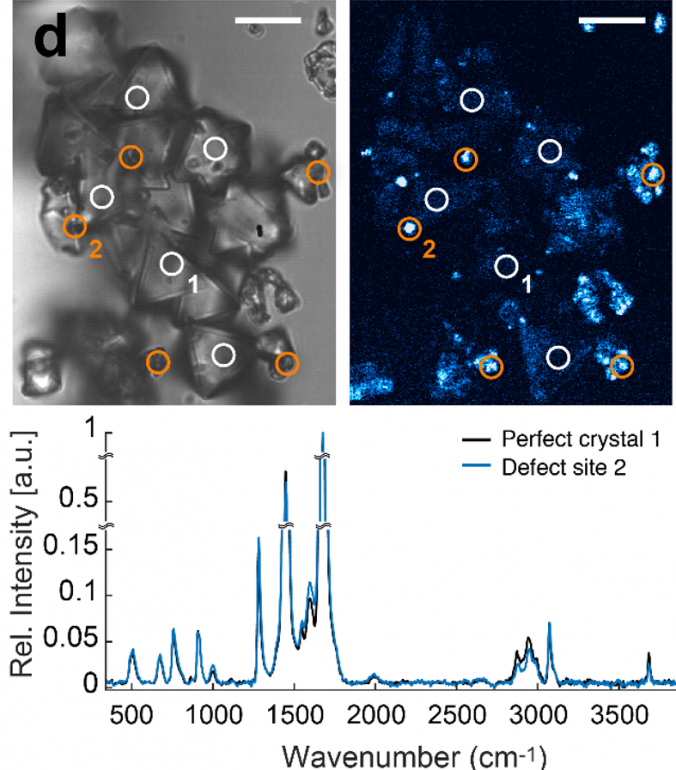 Group of Dr. Ploetz - Faculty for Chemistry and Pharmacy
Group of Dr. Ploetz - Faculty for Chemistry and Pharmacy
 Group of Dr. Ploetz - Faculty for Chemistry and Pharmacy
Group of Dr. Ploetz - Faculty for Chemistry and Pharmacy
 |
Metal-organic framework (MOFs) are a relatively young material class with growing impact in research and industrial applications over the last two decades. They consist of repeating cells of organic linkers coupled to metal ions or clusters. The resulting frameworks are easily tunable, possess narrow pore size distribution and allow for internal and external functionalization. They are in use as catalysts, as potent drug delivery systems, but also as systems to capture H2, CO2 or atmospheric water. Gas sorption applications, as answer on pressing needs in modern society such as the climate change or shortage of drinking water, rely on the uptake of guest molecules in and out of the MOF particle pores . The uptake is strongly influenced by intra-particle effects, such as defects or crystallinity, as well as inter-particle effects, for example layers blocking the exchange in the bulk material. To investigate the uptake of guest molecules in MOF particles we combine in-situ fluorescence and Raman spectroscopy with multi-modal nonlinear Raman imaging to unveil the influence of intra- and inter-particle effects.
For more information, see our latest publications. |
| Water uptake in MOF-801 monitored by correlated CARS microscopy and Raman spectroscopy: localized water clusters are present due to missing cluster defects. |